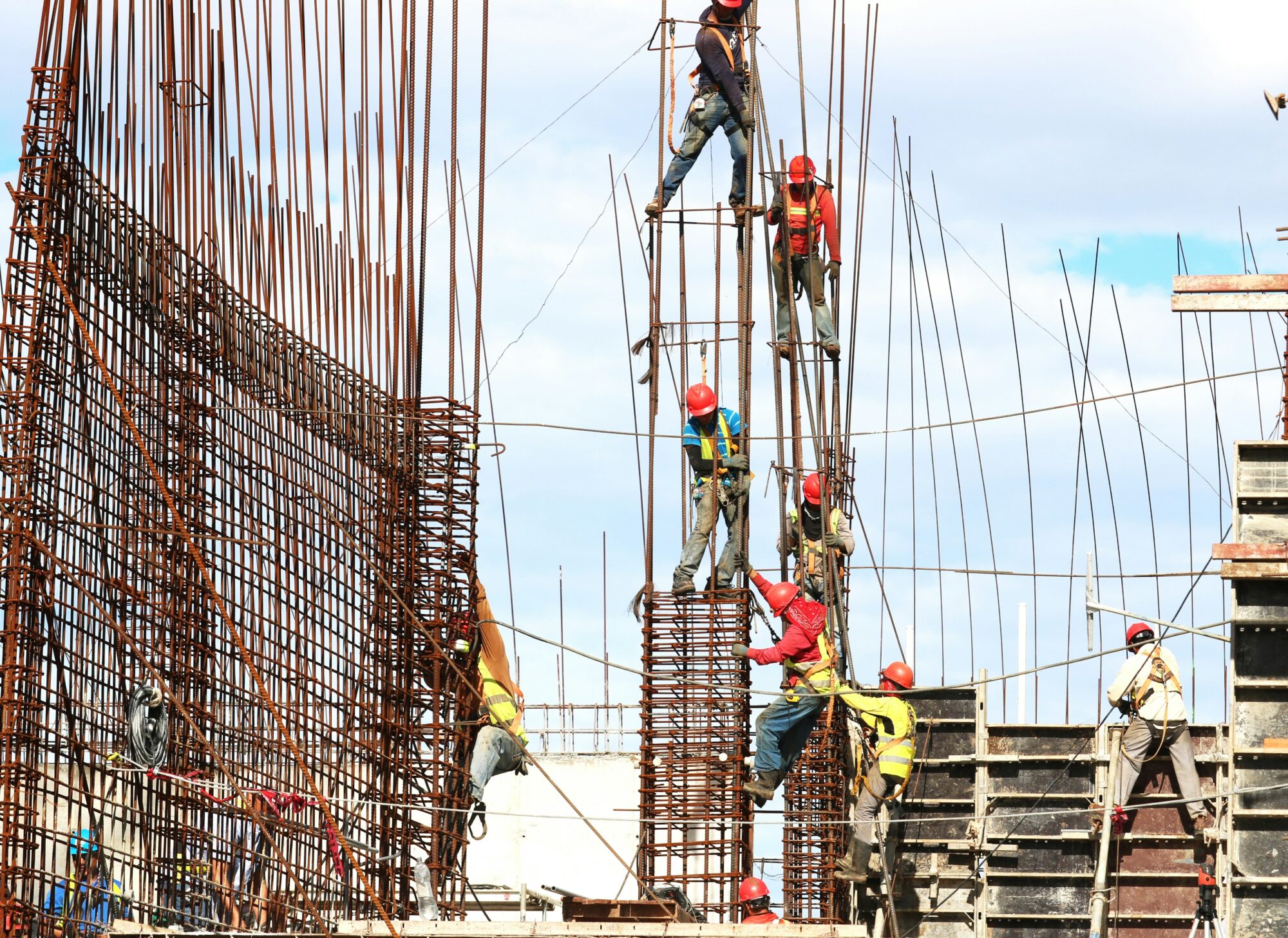The construction industry has undergone significant technological advancements in recent decades, with innovations continuously improving the safety, efficiency, and durability of modern structures. Among these developments, one component has quietly revolutionized how reinforced concrete structures are built: the rebar mechanical coupler. This seemingly simple device represents a crucial evolution in construction technology, offering superior performance compared to traditional methods while addressing the growing demands of contemporary architectural and engineering projects.
Understanding Rebar Mechanical Couplers
A rebar mechanical coupler is a precisely engineered connecting device designed to join reinforcing bars (rebar) end-to-end in reinforced concrete construction. Unlike traditional overlap splicing methods, which require significant concrete coverage and additional material, mechanical couplers create direct, mechanical connections between rebar sections through threaded, grouted, or compression-based mechanisms.
These devices essentially function as high-strength joints that transfer loads between reinforcing bars with exceptional efficiency. The technology eliminates the need for lengthy lap splices, reduces congestion in heavily reinforced areas, and provides consistent, reliable connections that meet or exceed the strength of the connected bars themselves.
The Engineering Behind Superior Performance
The fundamental advantage of mechanical couplers lies in their engineering precision. Traditional rebar splicing relies on the bond strength between overlapping bars and the surrounding concrete, which can be affected by various factors, including concrete quality, placement conditions, and environmental stresses. Mechanical couplers, conversely, create direct mechanical connections that provide predictable, quantifiable performance characteristics.
Key engineering advantages include:
- Consistent Performance Standards: Modern couplers undergo rigorous testing to ensure they meet strict international standards for tensile strength, fatigue resistance, and durability.
- Precision Manufacturing: The manufacturing process involves precise machining and quality control measures that guarantee consistent performance across thousands of connections within a single project.
- Predictable Load Transfer: Direct mechanical connections provide quantifiable performance characteristics, unlike traditional splicing, which can vary based on multiple environmental factors.
- Critical Infrastructure Reliability: This reliability is particularly crucial in critical infrastructure projects where structural integrity cannot be compromised.
Addressing Modern Construction Challenges
Contemporary construction projects face unprecedented challenges that traditional methods struggle to address effectively. Urban density constraints demand more efficient use of space, requiring structures with smaller cross-sections but equal or greater load-bearing capacity. Environmental considerations push for reduced material consumption and waste generation. Accelerated construction schedules necessitate faster, more reliable assembly methods.
How mechanical couplers address these challenges:
- Space Efficiency: By eliminating the need for lap splices, they reduce concrete volume requirements and allow for more compact structural elements.
- Time Savings: The standardized installation process reduces construction time and minimizes the potential for human error.
- Quality Control: Visual inspection and systematic testing protocols make quality control more manageable and reliable.
- Material Optimization: Reduced concrete requirements and more efficient rebar utilization contribute to overall project cost savings.
Types and Applications
The mechanical coupler market has evolved to include several distinct categories, each optimized for specific applications and installation conditions. Threaded couplers utilize precision threading on both the coupler and rebar ends, creating connections through mechanical interlocking. Grouted couplers use high-strength grout to bond smooth or ribbed bars within sleeves, providing excellent performance in various orientations.
Compression couplers employ mechanical pressing to create permanent connections, while welded couplers use controlled welding processes for specific applications. Each type offers unique advantages depending on project requirements, installation constraints, and performance specifications. The selection process typically involves engineering analysis of loads, environmental conditions, and construction methodologies.
Economic and Practical Benefits
The adoption of mechanical couplers delivers substantial economic benefits beyond their initial cost:
- Reduced Material Costs: Lower concrete requirements translate to decreased material costs and reduced structural dead loads, potentially allowing for more economical foundation designs.
- Labor Efficiency: Simplified installation procedures and reduced rework due to connection failures improve overall project efficiency.
- Long-Term Durability: Superior reliability compared to traditional splices decreases long-term maintenance costs significantly.
- Design Optimization: Predictable performance characteristics enable more precise structural calculations, potentially allowing for material optimization and cost savings throughout the project lifecycle.
- Quality Assurance: Standardized processes reduce the risk of costly errors and rework during construction.
Quality Assurance and Standards
Modern construction projects demand rigorous quality assurance protocols, and mechanical couplers excel in this regard. Installation procedures can be standardized and documented, with visual inspection providing immediate verification of proper connection. Testing protocols allow for systematic sampling and verification of connection integrity without compromising the structure.
International standards organizations have developed comprehensive specifications for mechanical coupler performance, installation, and testing. These standards ensure consistent quality across different manufacturers and projects while providing engineers with reliable design parameters for structural calculations.
Environmental and Sustainability Considerations
Sustainability has become a paramount concern in modern construction, and mechanical couplers contribute significantly to environmental goals:
- Carbon Footprint Reduction: Reduced concrete consumption directly decreases carbon emissions associated with cement production.
- Waste Minimization: Material waste reduction occurs through eliminating lap splice requirements and more efficient rebar utilization.
- Extended Service Life: The durability and longevity of mechanical connections contribute to extended structure service life, reducing the frequency of major repairs or replacements.
- Resource Conservation: Lifecycle extension represents substantial environmental benefits through reduced resource consumption and waste generation over time.
- Sustainable Construction Practices: Integration with green building standards and sustainable construction methodologies.
Integration with Modern Construction Methods
The compatibility of mechanical couplers with advanced construction techniques enhances their value proposition. Prefabrication and modular construction methods benefit significantly from standardized connection systems that ensure consistent quality and performance. Building Information Modeling (BIM) systems can accurately represent coupler locations and specifications, improving coordination and reducing conflicts during construction.
Automated construction equipment can be programmed to accommodate coupler locations and installation requirements, further improving efficiency and consistency. The standardization inherent in mechanical coupler systems supports the broader industry trend toward more systematic, technology-driven construction processes.
Future Implications and Industry Trends
Mechanical coupler technology continues to evolve, offering stronger performance, easier integration with digital systems, and reduced environmental impact. Smart couplers with sensors are beginning to enable real-time data monitoring and predictive maintenance.
As construction becomes more digital and sustainability-driven, mechanical couplers stand out as vital tools supporting modern, efficient, and resilient building practices. Their growing role underscores a shift toward engineered, high-performance solutions built for the future.































